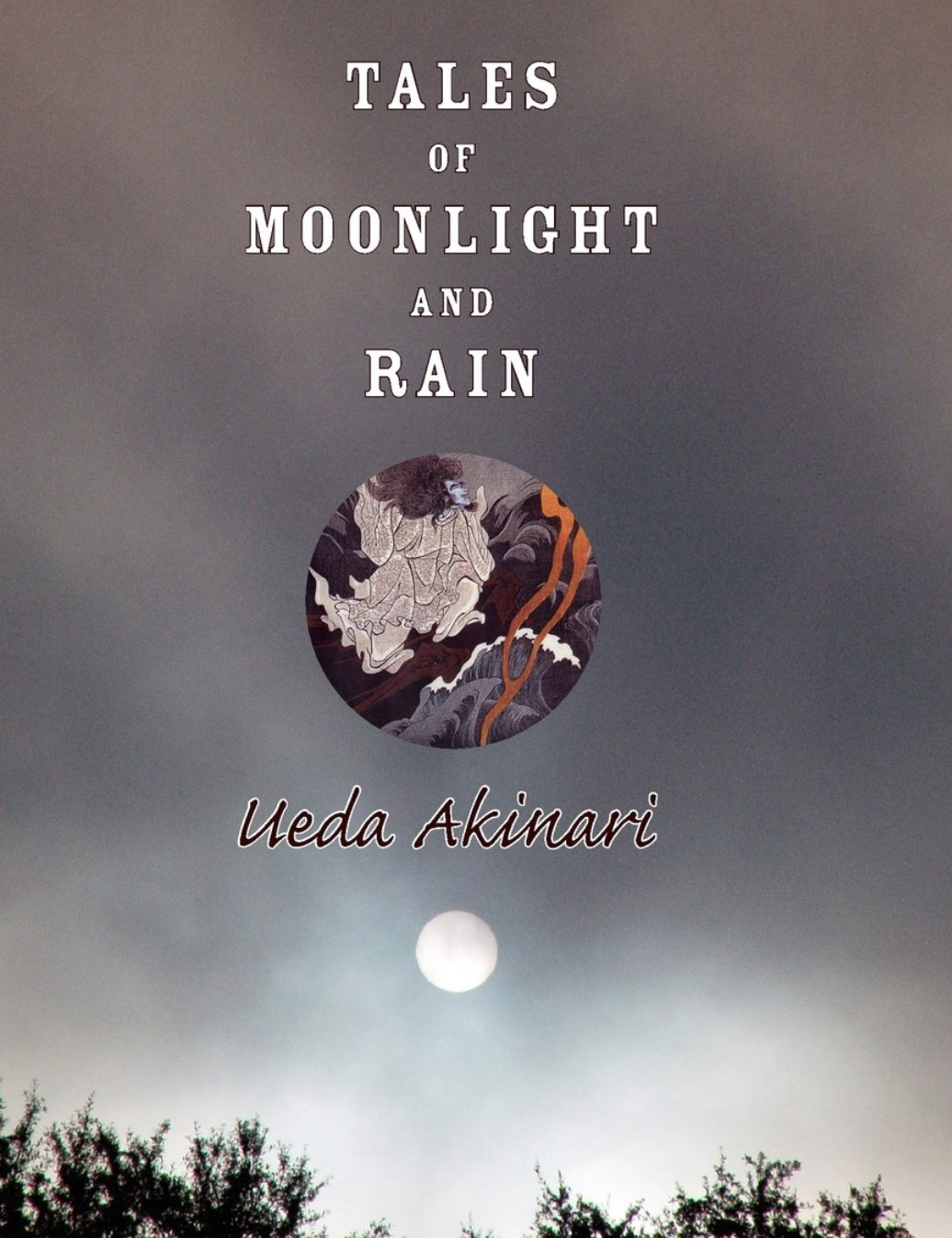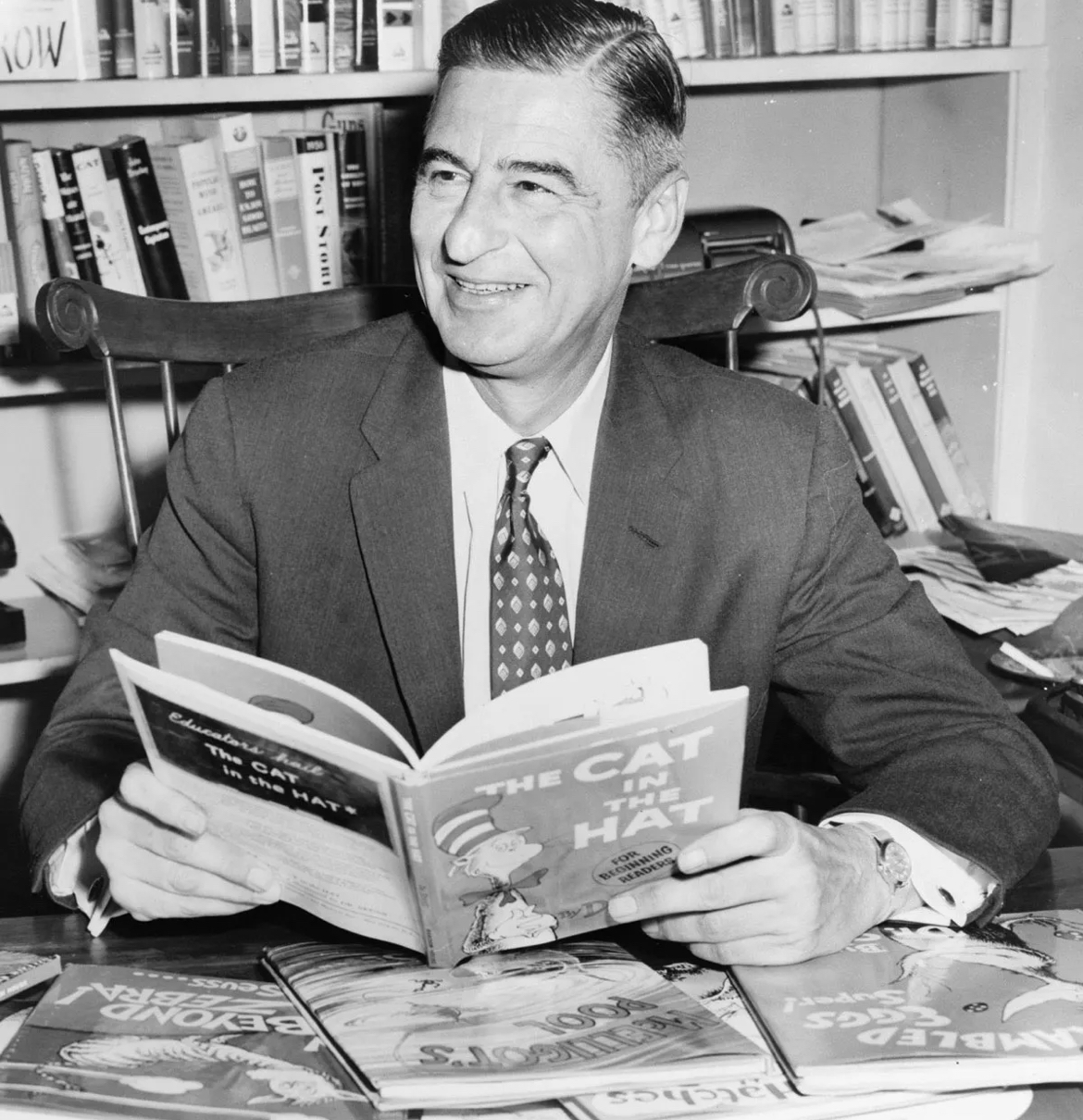I love diving into the pages of literary history, always uncovering new treasures. Recently, I’ve been delving into the world of Japanese classics, discovering and devouring some incredible gems while adding more to my TBR list! Visiting Japan is a dream of mine, though it may be years before I can make that a reality. In the meantime, I’m immersing myself in the country’s culture and learning more about it.
From my limited knowledge of classic Japanese fiction, I’ve noticed a difference between Japanese literature and its Western counterpart. Japanese literature tends to embrace the everyday aspects of life. It doesn’t always follow the traditional rising and falling action of Western fiction. There’s drama, but it unfolds in unexpected ways. The prose is exquisite, often calm, meditative, or melancholic.
As always, when creating my book lists on Tea and Ink, I carefully select titles that I believe will captivate and resonate with Tea and Ink readers. I don’t include books simply because they’re classics or critically acclaimed; they have to genuinely interest me and our community. So here’s a list curated by Elsie Callender, not an AI-generated mishmash! I hope you’ll enjoy these recommendations and discover some new favorites.
The best classic Japanese novels and short story collections
1. “Tales of Moonlight and Rain” by Ueda Akinari
While the United States was declaring independence from Britain in the late 18th century, another significant literary event was taking place in Japan. Ueda Akinari, a prominent writer of the time, published the woodblock edition of “Ugetsu Monogatari” (Tales of Moonlight and Rain). This collection comprises nine captivating and haunting short stories, infused with supernatural and ghostly elements. Akinari’s masterful storytelling intertwines wordplay, symbolism, and allusions to earlier Chinese and Japanese literature, crafting a mesmerizing reading experience, particularly on misty, moonlit nights. “Ugetsu Monogatari” remains a celebrated work in Japanese literature, showcasing Akinari’s exceptional talent and leaving a lasting impression on readers with its enchanting narratives
2. “In the Shade of Spring Leaves” by Ichiyō Higuchi (1892-1896)
In a time when female Japanese authors were rare, Ichiyō Higuchi emerged as a pioneering and esteemed writer, known for her compelling short stories and poems. She held the distinction of being the first professional female writer in Japanese literature. Higuchi’s literary works often delve into the lives of the underprivileged and lower classes, offering a unique perspective on societal issues. Growing up in proximity to a red-light district alongside her mother and sister, she developed a keen awareness of the challenges faced by women. Although a complete English translation of her 21 short stories is not available, the featured volume includes nine captivating stories, an engaging biography, and excerpts from Higuchi’s extensive diary, providing readers with a valuable glimpse into her extraordinary talent and life experiences.
3. “Silence” by Shūsaku Endō (1966)
Set in 17th century Japan, “Silence” is a historical fiction novel. Father Rodrigues, a Jesuit priest from Portugal, travels to Japan to support the local Christian community and search for Father Ferreira, a previous missionary who supposedly renounced his faith. Upon his arrival, Rodrigues discovers a persecuted church, where the government employs torture to suppress Christianity. Rodrigues grapples with his faith, struggling with a seemingly silent God. Endō drew inspiration from real people and events, infusing the novel with themes of suffering and sacrifice. The book was adapted into a film by Martin Scorsese in 2016. Some editions include a foreword by Scorsese, which I recommend reading after the novel to avoid spoilers.
4. “I Am a Cat” by Natsume Sōseki (serialized 1905-1906)
In Tokyo, the novel “I Am a Cat” presents a comical satire from the perspective of a self-important domestic cat. The cat observes the interactions and conversations of Sneaze, a school teacher, with his wife, children, and friends, while sharing its own philosophical insights along the way.
- Sōseki initially focused on haiku, short sketches, and other forms of poetry. However, “I Am a Cat” marked his first major success and propelled him to become one of Japan’s renowned novelists.
- Each chapter of the book can stand alone, making it a great choice for readers who enjoy having multiple ongoing reads on their nightstand.
5. “Night on the Galactic Railroad” by Kenji Miyazawa
Another notable work is a short fantasy novel set in the 1920s. The story follows Giovanni, a lonely boy, and his friend Campanella, who embark on a magical train journey through the stars. Along the way, they encounter fascinating travelers and marvels at each station in the Milky Way. This evocative tale will appeal to fans of “The Little Prince,” the fantasy of George Macdonald, and films by Hayao Miyazaki and Studio Ghibli.
6. Masuji Ibuse’s “Black Rain”
It is a poignant novel set during and after the atomic bombing of Hiroshima. The story revolves around Yasuko, whose exposure to the nuclear fallout’s “black rain” damages her marriage prospects. Yasuko tries to conceal her radiation sickness from her family while they attempt to prove that she was not near the city during the bombing. The novel presents a stark yet beautiful portrayal of survivors grappling with daily life and seeking understanding amidst tragedy.
7. “Snow Country” by Yasunari Kawabata
It is a touching novel of doomed love. Shimamura, a wealthy man, escapes to a snowy hot-springs resort in the north country and meets his mistress, Komako, a geisha working there. Despite Komako’s love for Shimamura, their relationship can never transcend the boundaries imposed by his real life with a wife and children. With spare prose and lyrical imagery, this early novel by Kawabata is considered his masterpiece, and he later became the first Japanese person to win the Nobel Prize in Literature.
8. Yasushi Inoue’s novella “The Hunting Gun”
It explores the psychological impact of an extramarital affair through a series of three letters. Shoko, Midori, and Saiko, each write a deeply personal letter to the man involved in the affair, reshaping our understanding of the situation and the characters involved. This introspective and eloquent gem of a novel may require multiple readings to fully appreciate its nuances.
9. “The Makioka Sisters” by Jun’ichirō Tanizaki
Set against the backdrop of World War II, the book focuses on the domestic affairs of the Makioka family, a declining aristocratic household in Osaka. The narrative centers around the four Makioka sisters, particularly the urgency to find a suitable marriage for the third sister, who is considered an “old maid” at the age of 30. The youngest sister, eager to become a bride herself, must wait until her older sister is wedded. With a long page count and a slowly unfolding narrative, the novel delves into quotidian aspects of life, reminiscent of Austen, Tolstoy, and Alcott’s “Little Women.”
10. “The Honjin Murders” by Seishi Yokomizo
Lastly, I would like to mention a remarkable novel published in 1946. Detective fiction has enjoyed immense popularity in Japan, particularly during and after the World Wars.
- Seishi Yokomizo emerged as a prolific author in this genre, renowned for his honkaku-style, also known as “orthodox” detective fiction. His works pay homage to acclaimed mystery writers such as Agatha Christie, John Dickson Carr, and Ellery Queen, while capturing the essence of Golden Age detective fiction.
- “The Honjin Murders” stands as a testament to Yokomizo’s mastery of the genre, enthralling readers with its intricate plot, well-crafted characters, and suspenseful atmosphere.
- “The Honjin Murders” holds a special place in Seishi Yokomizo’s literary career as it introduced his detective series, Kosuke Kindaichi. Set in a secluded mansion, the story centers around a shocking double murder that occurs on the couple’s wedding night.
- The mystery deepens as the locked room reveals no apparent means of entry or exit. The sole clue is a blood-stained katana discovered in the pristine snow surrounding the house. Yokomizo skillfully weaves a complex web of intrigue, employing intricate puzzle-solving and psychological insights to keep readers captivated.
- “The Honjin Murders” showcases Yokomizo’s talent for crafting ingenious and suspenseful plots, solidifying his status as a master of Japanese detective fiction.
To wrap up
While “The Honjin Murders” by Seishi Yokomizo has garnered widespread acclaim, some modern readers have criticized its ending as being far-fetched. It is important to note that this perception may vary among individuals. Personally, I find pleasure in mystery stories with imaginative conclusions and value the overall journey they offer. However, it’s worth considering if such endings are a concern for you. If you find yourself enjoying “The Honjin Murders,” you’ll be delighted to know that several of Yokomizo’s captivating Kindaichi novels have been translated into English, with more translations anticipated in the future. This opens up a world of thrilling detective fiction for English-speaking readers to explore and enjoy.



